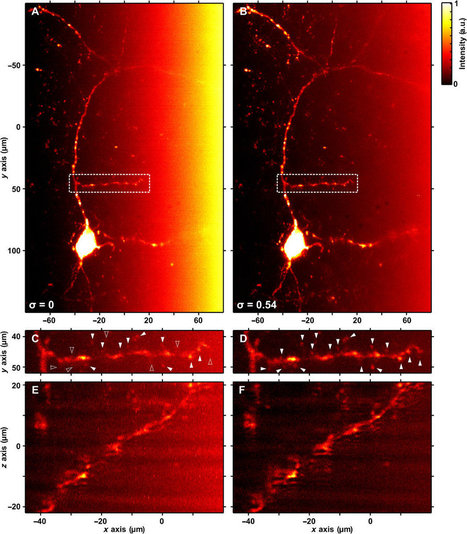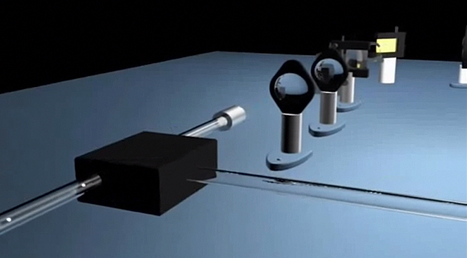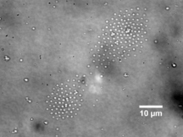A new method of using light to scan the human body, developed by researchers at the University of St Andrews, could result in less intrusive and more effective diagnosis for patients. The work is the result of a collaboration between researchers from the Schools of Physics and Astronomy, Biology, Medicine and the Scottish Oceans Institute at the University.
The new technique allows the light to be shaped so it can reach greater depths within biological tissue enabling high quality three-dimensional (3-D) images to be acquired. It can also allow detailed 3-D images of biological specimens to be made without dissection or having to rotate specimens and take multiple images which are then fused together.
Published in the journal Science Advances, the research shows that the new method adds value to two existing imaging techniques—Bessel beam based light-sheet microscopy and Airy beam based light-sheet microscopy. Dr. Jonathan Nylk of the School of Physics and Astronomy said: "We've recently discovered particular beam shapes that retain their shape when traveling through biological tissue. These beams, called Airy beams and Bessel beams resist the effects of scattering but they still become dimmer as they travel deeper, so it remains challenging to collect enough signal back through the tissue to form an image.
"Now we show that these beams can be further enhanced to give us more control over their shape, such that they actually get brighter as they travel (propagate). When the increase in brightness (intensity) is matched with the decrease in brightness (intensity) when travelling through tissue, a strong signal and a clear image can still be acquired from deep within the sample."
This latest research builds on previous advances in "light-sheet imaging", in which a thin sheet of light cuts across the sample like a razor blade to section the sample – but without actually cutting or damaging it. The use of curved Airy light-sheets was shown to give sharp images over a volume ten times larger than previously possible.



 Your new post is loading...
Your new post is loading...










